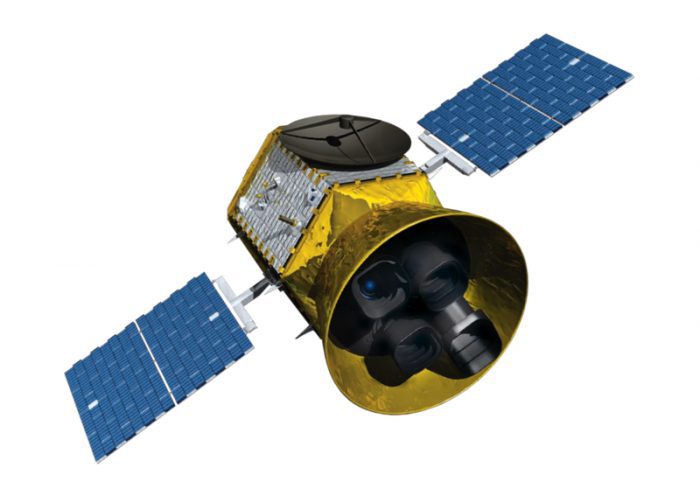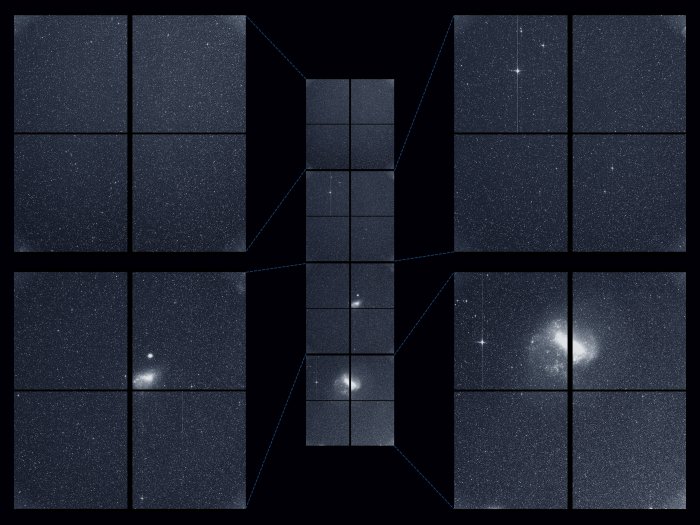Space agencies like NASA get up to all sorts of things. Mars missions. Solar system observations. But few things grab as much interest as their work on discovering planets outside our solar system, or exoplanets.
So far, the most important doohickey dedicated to finding these exoplanets has been the Kepler spacecraft. Since being launched in 2009, this observatory has found hundreds of exoplanets, raising the possibility of planets able to host alien life, and expanding our understanding of the universe.
But Kepler is nearing the end of its mission. In fact, it's been up in space three times longer than planned. (No, really, Keps! You'll get a day off, soon!) So what's an exoplanet-hunting super fan going to do for kicks? Oh, don't worry, NASA has you covered.
Meet the Transiting Exoplanet Survey Satellite, or TESS. After two months on the job, it's already found a pair of alien worlds.
Distant dynamic duo

TESS searches for planets by using the transit method. This means that it looks for moments when planets block the light from their star as the pass in front of it, or are "in transit". (NASA)
The two planets in question are Pi Mensae c (about 60 light years away) and LHS 3844 b (around 49 light years away). The planets get their name from the star that they orbit, plus an added lowercase letter to suggest the order in which they were discovered (i.e. a, b, c, d, and so on).
What do we know about these two? Well, first off: both discoveries need to be confirmed. Like all could scientists, the folks at NASA believe in getting their information double and triple checked. But both are likely rocky planets. Pi Mensae c appears to be a super-Earth that is about twice the size of our planet. Meanwhile, LHS 3844 b is around 1.3 times the size of Earth.
Both of these planets are too close to their stars to support life. Pi Mensae c's orbits lasts only 6 days, while LHS 3844 b finishes its orbit in just 11 hours.
But trust us. TESS is just getting started here. And if there is a planet out there with alien life, we're pretty sure that this is the machine to find it.
Seeing the whole sky
Why are we so confident that TESS that will be so good at the I-spy-with-my-little-eye-an-exoplanet game? Because when compared with Kepler, it has a distinct advantage: its I-spying-little-eyes aren't that little at all. They're actually quite large.
TESS is capable of observing areas 400 times larger than Kepler could. And over the course of its two-year mission, it should be able to see close to the entire sky. When you think about how huge the universe is, that's incredible stuff.
Let this video explain how TESS manages to perform so much better than Kepler could.
 A collection of the first observations made by TESS. There will be many more! (NASA/MIT/TESS)
A collection of the first observations made by TESS. There will be many more! (NASA/MIT/TESS)